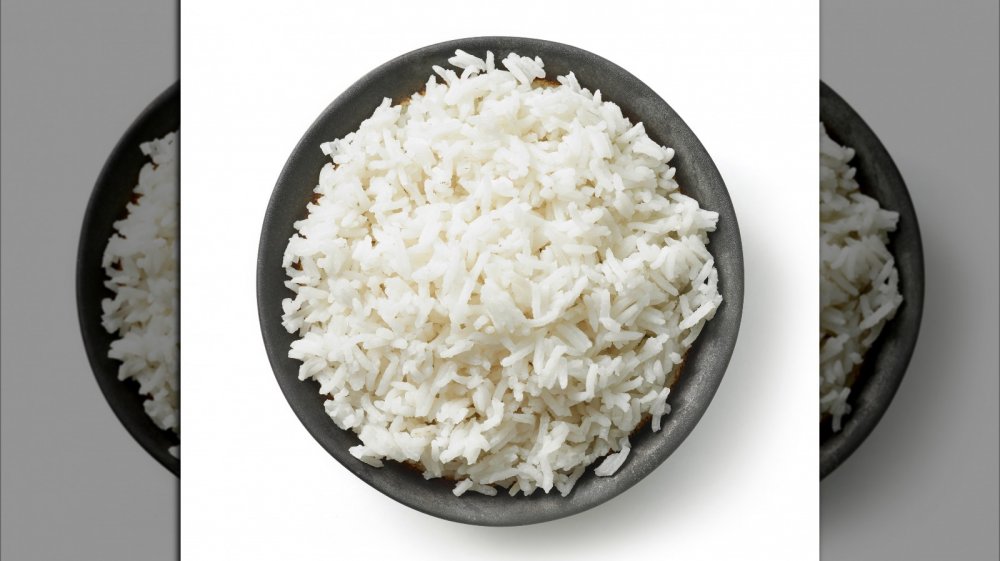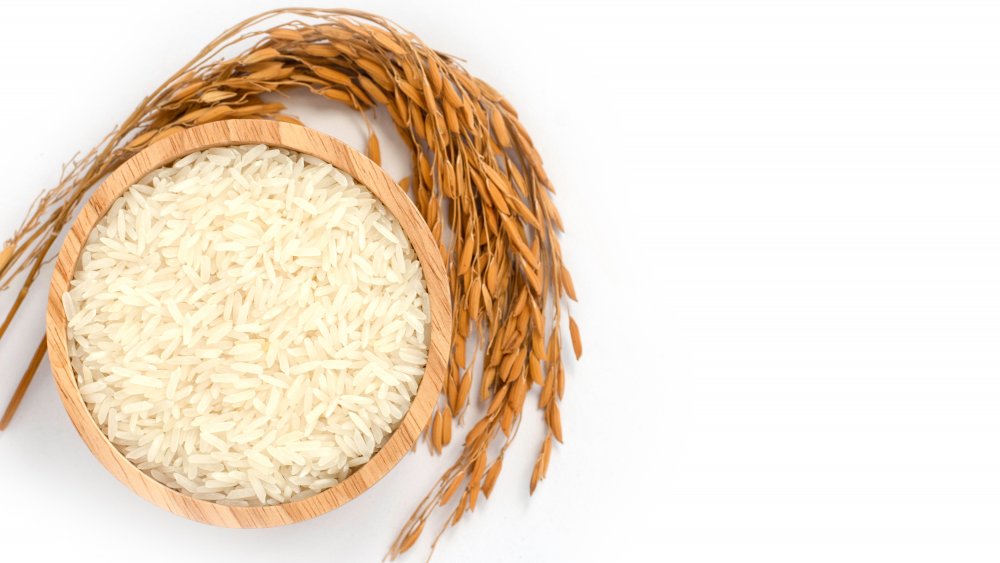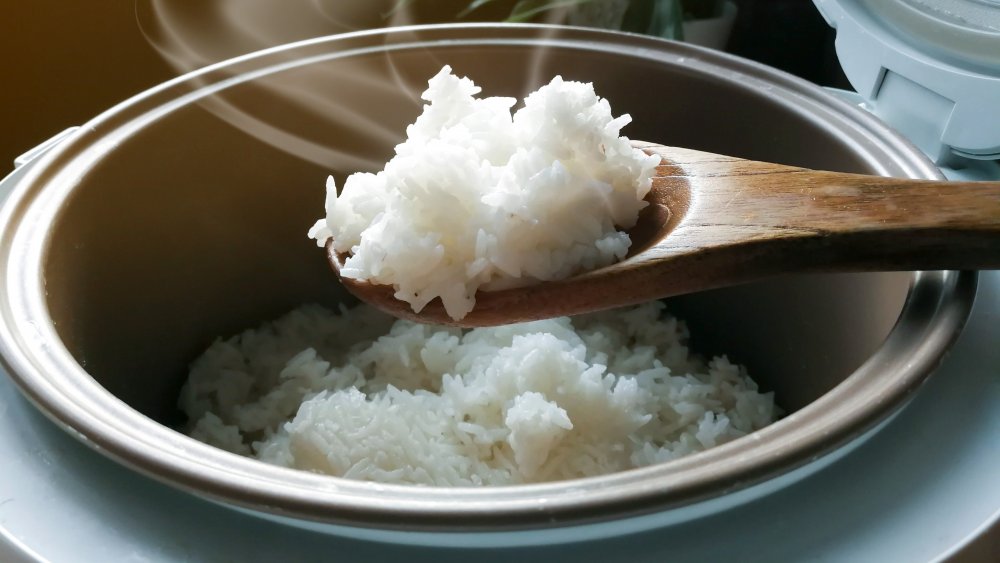Why You Should Think Twice Before Making Rice
Rice has come in for some bad PR lately, mostly on account of the carbohydrates it contains, but it turns out that carbs really aren't as bad as certain fad diets of the past few decades have led us to believe. Nor is it just white rice (or other white carbs) that are to be avoided; as several dietitians who spoke to Insider revealed, the less-refined brown rice only offers a very slight nutritional advantage over the white version, so there's no reason to swap out the former for the latter if you really prefer white rice.
This doesn't mean, however, that rice (either the brown or white varieties) isn't without its problems. For one thing, the water in which rice is grown may well be contaminated with arsenic, this residual poison being an even bigger issue with brown rice since less processing equals more arsenic. Even if you manage to avoid arsenic-contaminated rice, however, there's another danger you may not have been aware of. We recently spoke with nutrition and food safety expert Toby Amidor, MS, RD, CDN, FAND, and she warned that rice contains a potentially dangerous bacteria that could lead to food poisoning if you don't take certain precautions with its handling and cooking.
The hidden danger in rice
According to Amidor, uncooked rice may contain a bacteria known as Bacillus cereus that, she says, has been known to cause foodborne illness. (Note: although Amidor did not touch upon this, wild rice, which is technically not rice, is not infected with this bacteria. This information comes from a study originally published in the Journal of Food Protection and accessed via PubMed.) Amidor says the problem with this bacteria comes when rice isn't cooked to the proper internal temperature or else isn't allowed to cool properly, as these mistakes provide sufficient time for bacteria to grow in the moist environment provided by steamed rice.
So should we omit rice from our diets entirely in order to remain safe? Amidor says that won't be necessary, advising, "If you handle rice properly when cooked, served, and cooled, then reheating shouldn't be an issue." What's more, she feels rice can safely be reheated on the stove top, in the microwave, or by any other method, as long as you take care to follow all the proper safety measures.
How to reheat rice safely
Amidor recommends that you never allow any cooked rice to stay sitting out at room temperature for over two hours. She says that leftover cooked rice can be safely stored in the refrigerator in a covered container for up to four days, although if you're not going to be consuming it within that time period, you can also freeze it.
If you do freeze rice, though, it's important to make sure it thaws properly. According to Amidor, this would involve heating the frozen rice in a microwave until it reaches an internal temperature of 165 degrees (she says to use a food thermometer to make sure it hits this temperature) or else placing it in the refrigerator to thaw overnight. Amidor reassured us that "as long as proper food safety measures are taken when handling the food, especially when cooking, cooling, and storing then you can certainly reheat rice."


